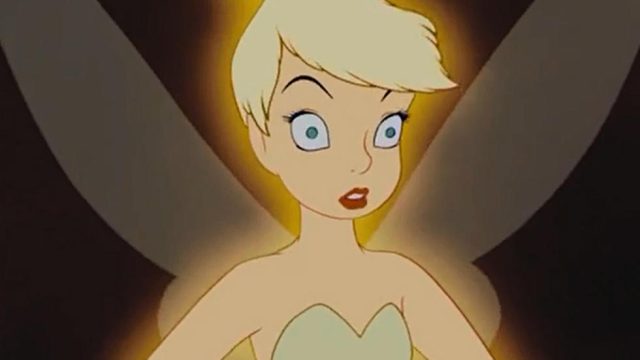Elves are wonderful. They provoke wonder.
Elves are marvellous. They cause marvels.
Elves are fantastic. They create fantasies.
Elves are glamorous. They project glamour.
Elves are enchanting. They weave enchantment.
Elves are terrific. They beget terror.
The thing about words is that meanings can twist just like a snake, and if you want to find snakes look for them behind words that have changed their meaning.
No one ever said elves are nice.–Sir Terry Pratchett, Lords and Ladies
In Irish tradition, elves and fairies aren’t little twinkling things or tall, noble creatures wiser than humans. In Scottish tradition, even the brighter Seelie Court, while not malicious in the manner of the Unseelie, is still not kindly disposed toward humans. The Tuatha Dé Dannan are now seen as fairies, but in the Old Days, they were gods and goddesses—and while deities may be benevolent, their manner of benevolence and the ones we want may not overlap. The will-o’-the-wisp leads you off the path to your death. The jack o’ lantern burns with a coal from Hell.
Somewhere along the line—Sir Terry attributed it to Midsummer Night’s Dream—the view we had of those variously known as the fae, the fairies, the faeries, the Fair Folk, and so forth stopped being one of fear and started being one of amusement. The leprechaun was a mischievous figure who in his earliest appearance was dragging a king of Ulster into the sea; perhaps he’s not the horror movie variant, but he’s not someone you’d put on your child’s socks. Often even the more amusing stories have a dark aspect to them, and that simply isn’t true these days.
Don’t get me wrong; there’s nothing wrong with Tinker Bell (the official spelling). It’s that she’s not exactly connected to the historical versions of her people. I’ve watched a few of those direct-to-video movies. Pixie Hollow isn’t exactly Tír na nÓg, is it? It’s hard to picture Wendy returning from Never Never Land to discover that a hundred years has gone by while it’s only been one night to her. There’s no real fear to Never Never Land except Captain Hook, and it’s obvious they’ll be able to defeat him without much struggle.
Part of it, I suspect, is our belief that you shouldn’t scare kids. I’m not saying all kids handle scary stories well, and if they don’t want to hear them, they shouldn’t be forced. But most kids have a bit of a morbid streak, in my experience. Some parents take this as evidence that their children have past life experience or similar, but I think it’s more likely to be that the world is a large and scary place when you are very small, and it’s best to make friends with fear right away. If you are scared in small and easily defeatable ways, it’s practice for handling the bigger, harder to conquer ones.
The origins of the Shining Ones are in the fear of the unknown. Changelings were an explanation for children who didn’t thrive, who cried all the time, or who otherwise showed behaviour that was unexplainable in those days. Any other horror or misfortune could similarly be explained by the intervention of beings you couldn’t hope to control. We don’t need them anymore. Even in Shakespeare’s day, you could have mischievous Puck playing tricks on hapless mortals, but these days, the need for supernatural explanations is lessened, for all some people still prefer them.
And if you’re curious, the myriad ways to spell the words comes from the fact that they are old enough to predate standardized spelling. The origins are apparently in the Latin “fata,” by way of Old French and into English. Details of the meaning have changed over the years as our need for them has changed. Now, we’re left with a harmless, at least usually, type. They can be pretty or wise or silly, and the only movie I’ve ever seen with an old-fashioned portrayal of them is Darby O’Gill and the Little People, wherein we see and hear the bean sidhe and watch a man in the Cóiste Bodhar. It’s enough to scare the bejeezus out of a kid, just like in the old days.
The Solute isn’t exactly a pot of gold; consider contributing to my Patreon or Ko-fi!

